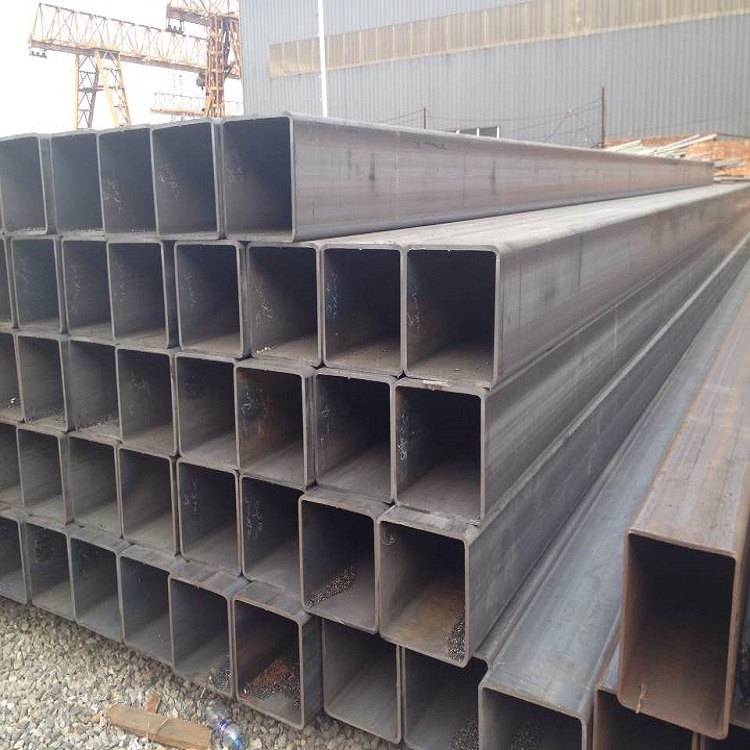Tips on protecting your welded steel pipes in use
As a rule, corrosion has a variety of negative effects on metal. When metal structures suffer from corrosion, they become unsafe and are much likely to cause accidents, such as collapses. Basically, the idea of corrosion protection in steel pipe industry comes down to keeping welded steel pipes from being converted to iron oxide (rust) in use.

One of the commonly encountered problems with welded steel pipes is ‘white rust’ or ‘white storage stain’. White rust can cause considerable damage to the coating and is always detrimental to welded steel pipe body’s appearance. It is manifested as a bulky, white, powdery deposit that forms rapidly on the surface of welded steel pipes under certain specific conditions. In modern times, there are a variety of welded steel pipes widely applied in various applications and many different surface treatments are used for welded steel pipes due to particular requirements of the practical applications in life. For example, steel pipe coatings have been applied to cold rolled steel pipes for decades to increase pipeline longevity and integrity as well as to reduce the maintenance costs. It cannot be denied that the failure of pipelines by external corrosion has caused both financial and environment consequences as well as certain potential safety hazards in use. Furthermore, proper pipe coatings can make the internal field joint welds somewhat more economically attractive to pipeline projects as the corrosion protection helps prevent labor costs, equipment costs and loss of revenue due to corrosion failures over time in use.
In the current steel pipe market, hot dipped galvanized steel pipe are very popular among users today. There is an almost 100% zinc layer of the galvanised coatings. It is the durability of the zinc that provides the outstanding anti-corrosion performance for steel, yet zinc is a relatively ‘reactive’ metal. It is the stable oxides that form on the zinc’s surface that determine its durability, and these oxides are formed progressively as the zinc is exposed to the atmosphere. Carbon dioxide in particular is a contributor to the formation of these stable oxides. In addition, with newly galvanised steelwork, the zinc’s surface has been subjected to little oxidation and is at its most vulnerable. For this reason, steel pipe manufacturers employ chromate passivation in conjunction galvanizing operations to protect to the galvanised coating during the ‘youth’ period of the coating. This passivation coating provides short term protection to the zinc to give the stable oxides time to form on the surface.
Tel: +86 18202256900 Email: steel@tjdpbd.com









